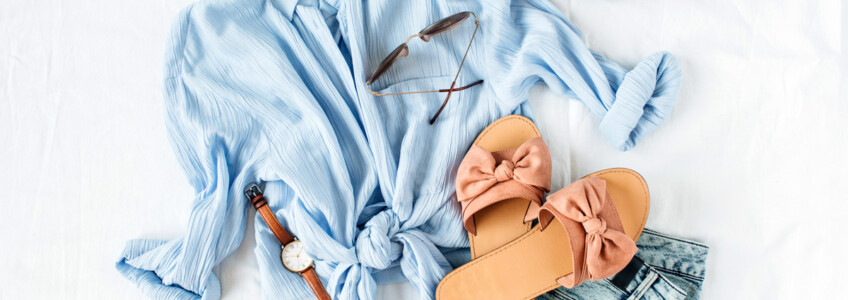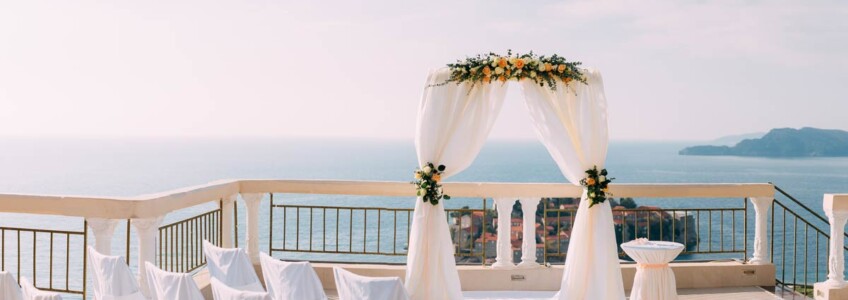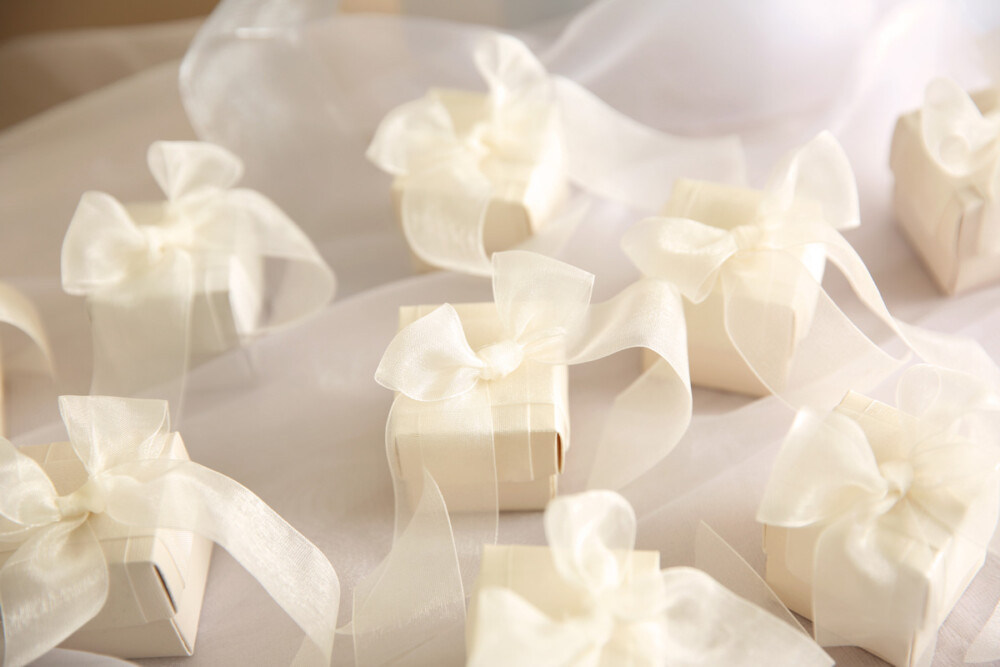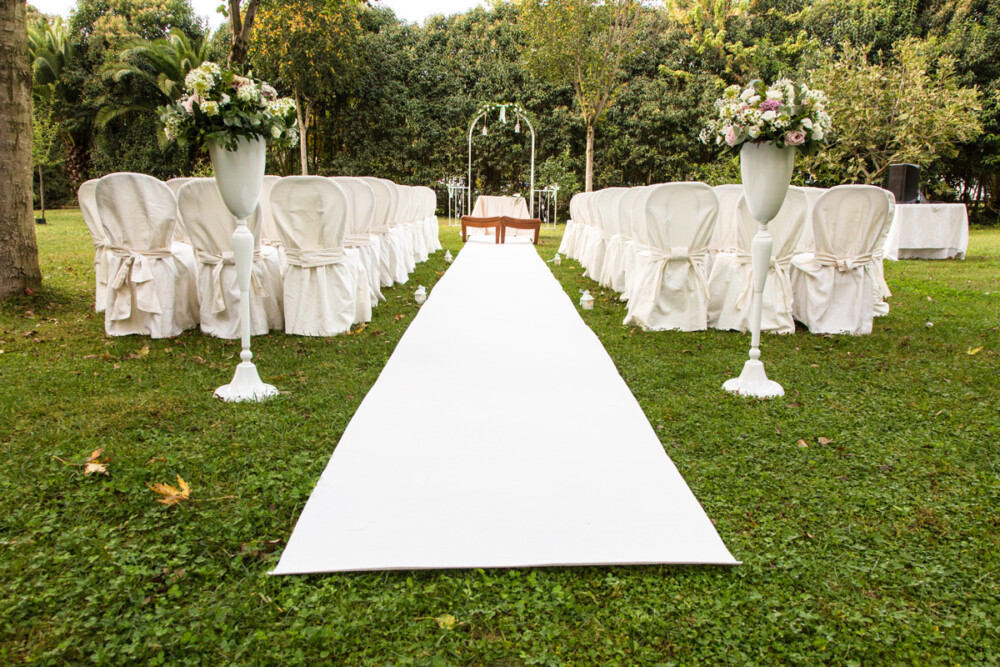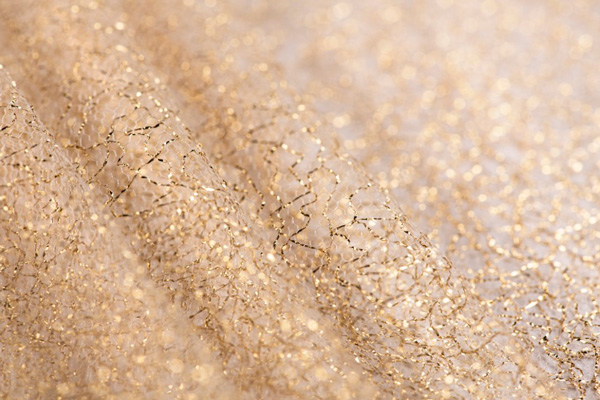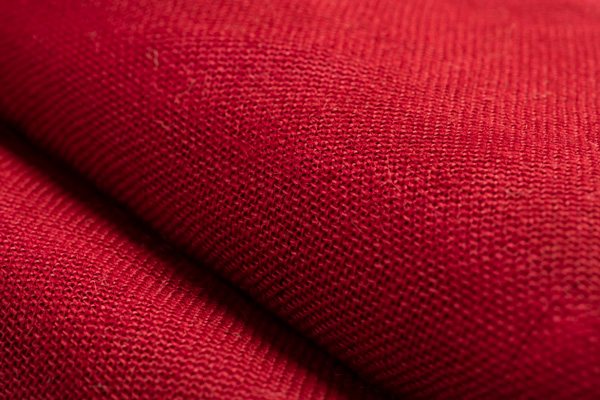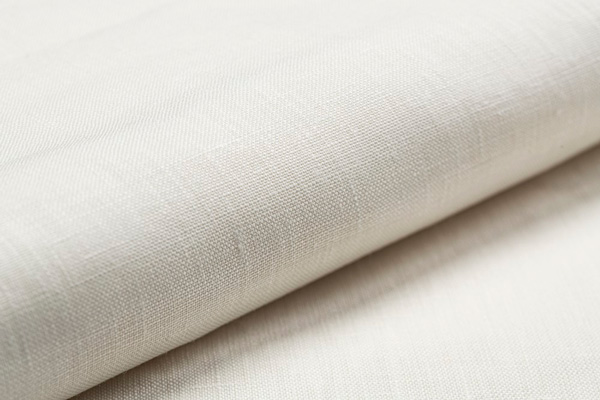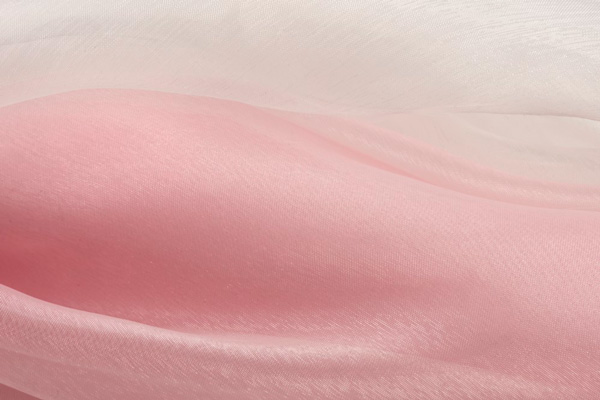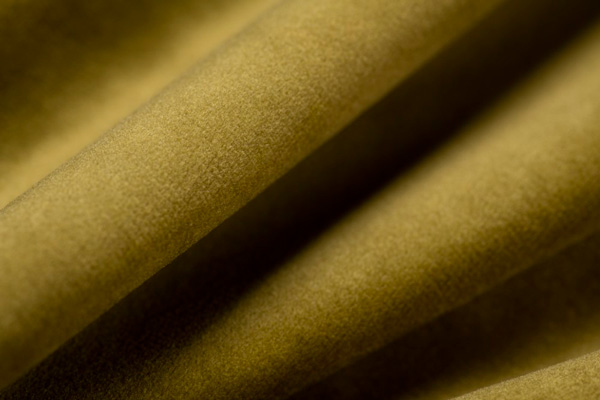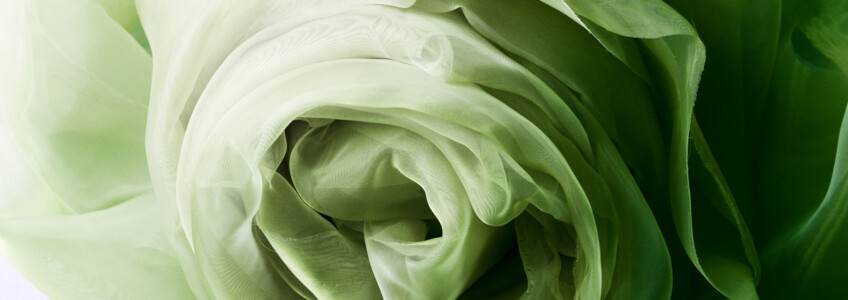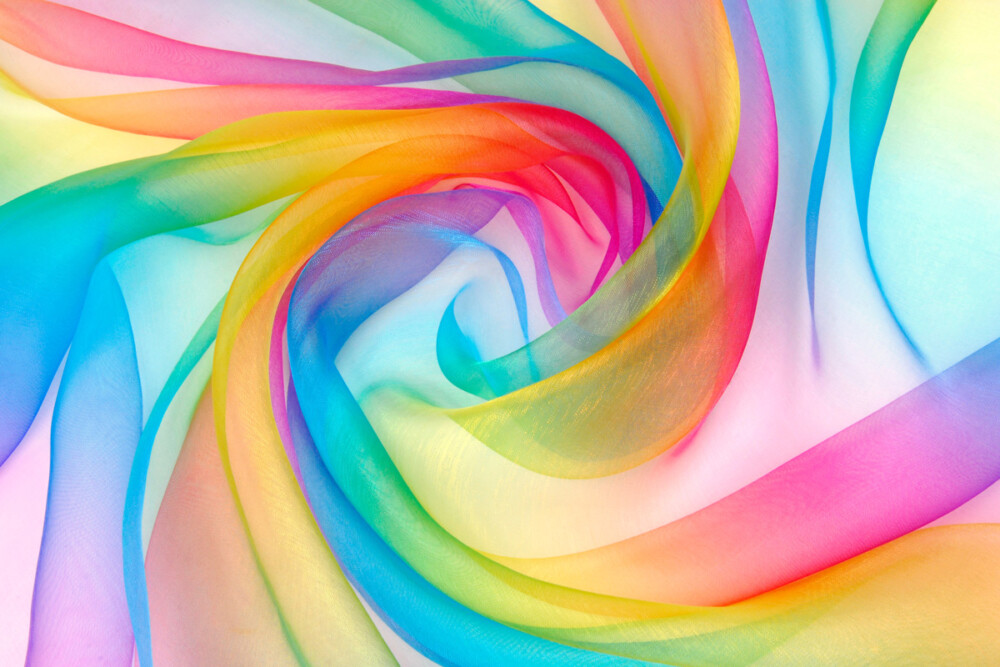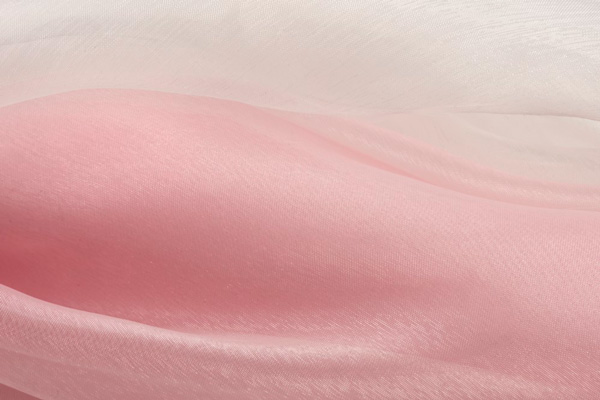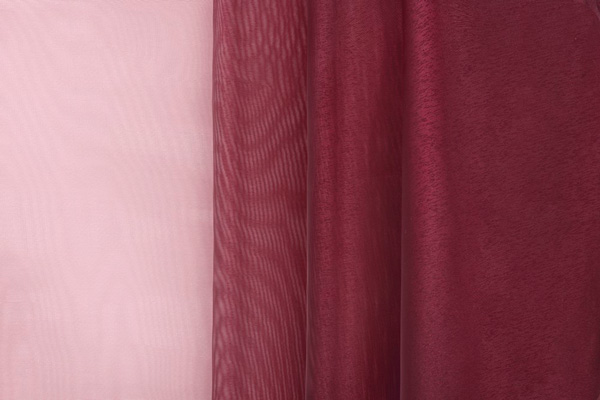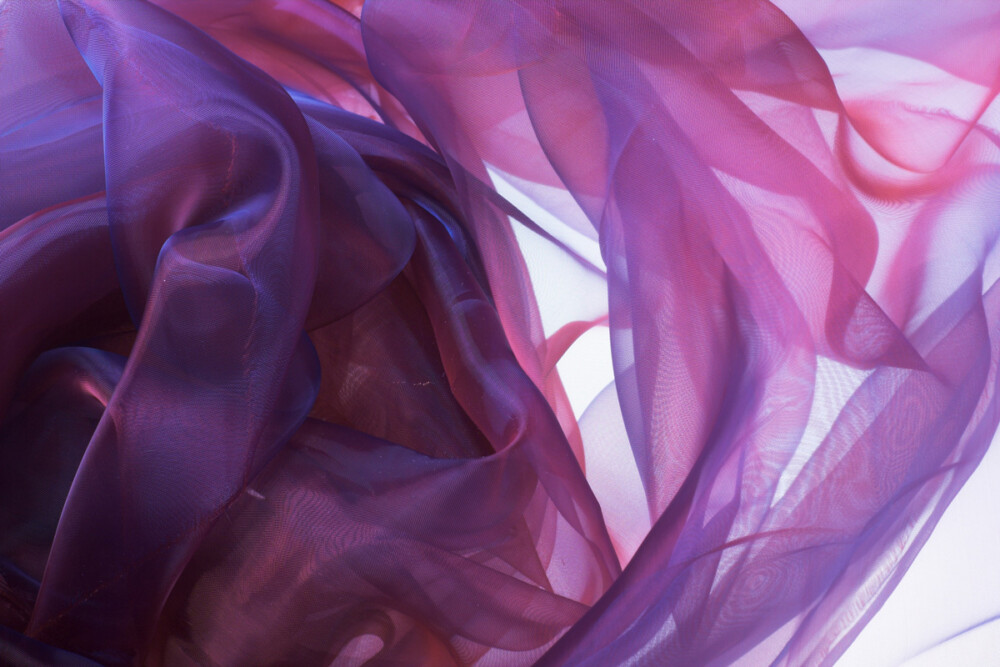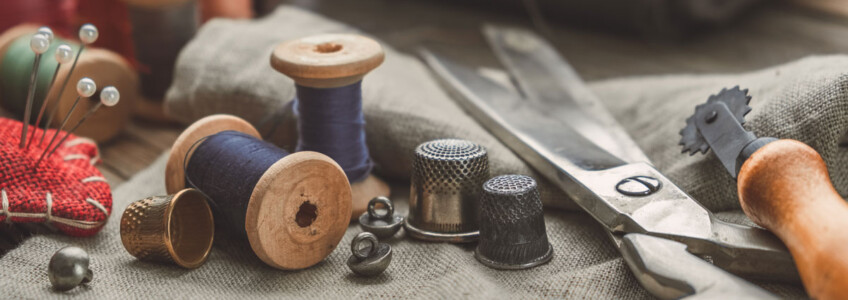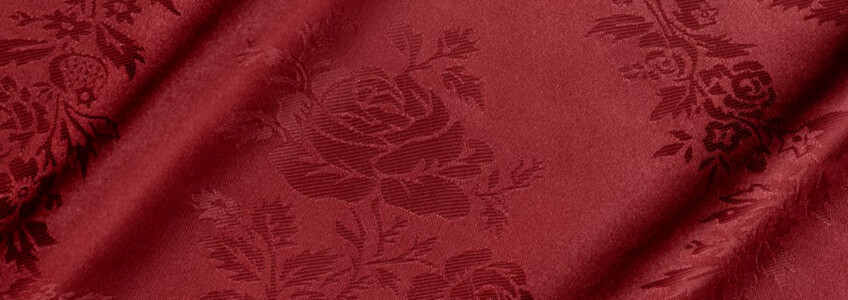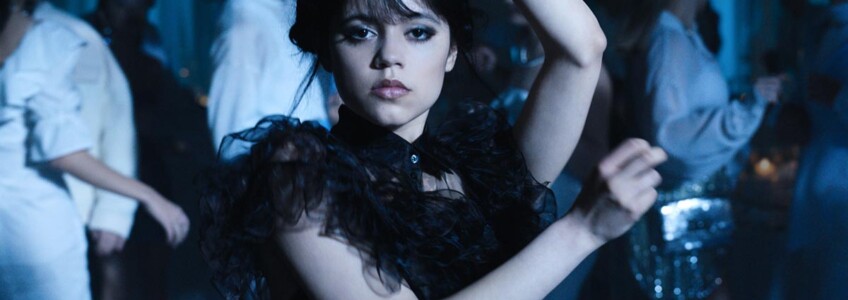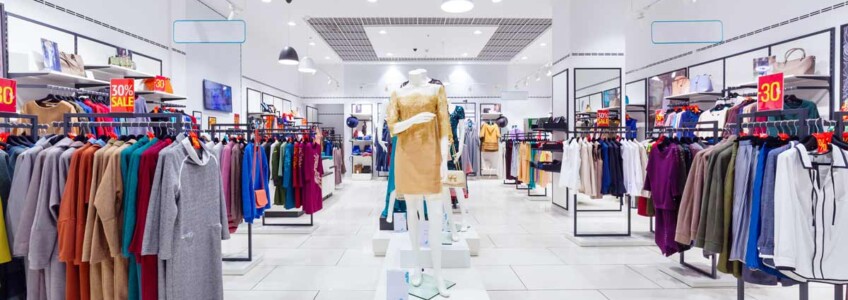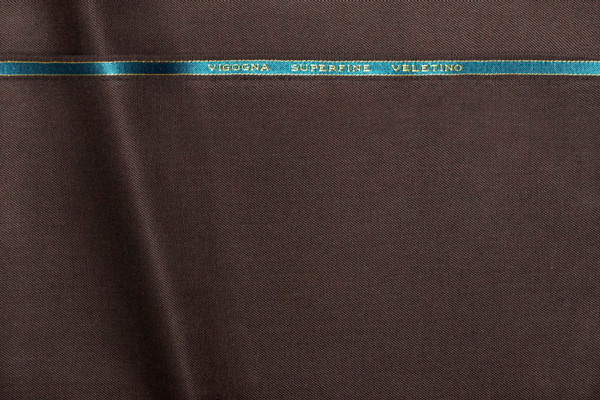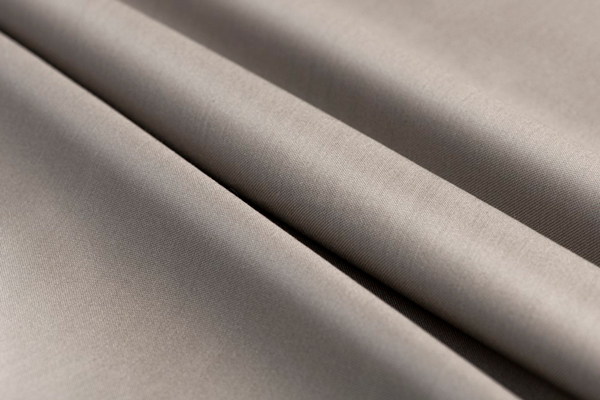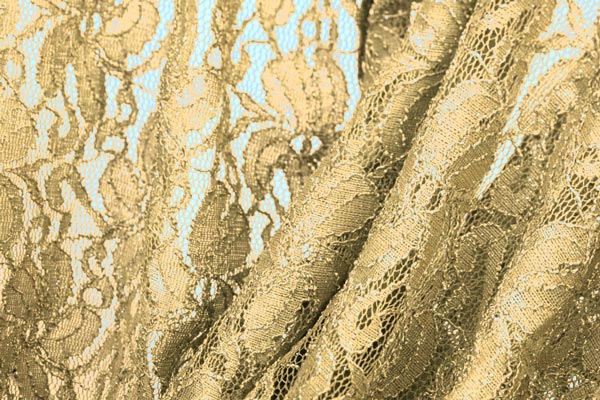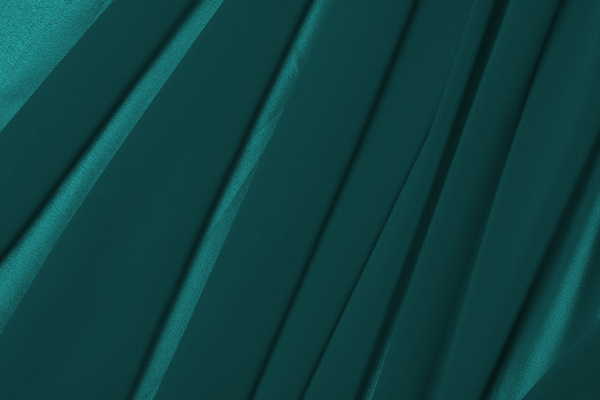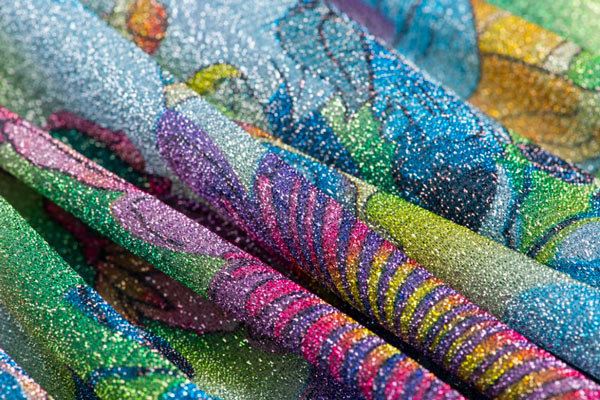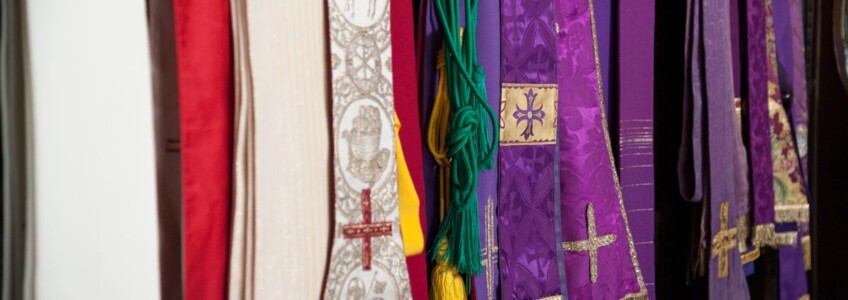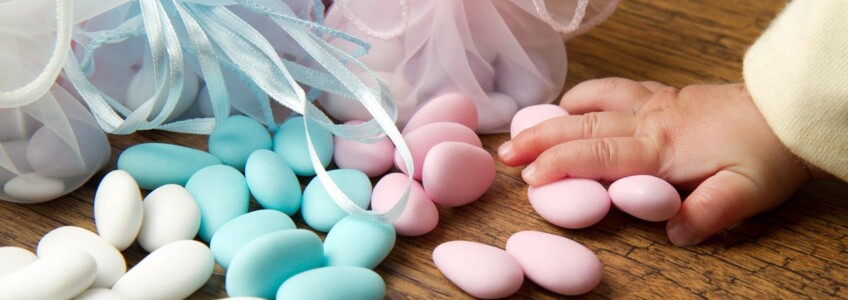It is time for beautiful days, outdoor evenings, fresh and breathable fabrics to wear, new trends from which to draw inspiration. Last year’s catwalks, during fashion weeks, showed and anticipated many new proposals for spring/summer 2023, which we can finally show off in every possible event. We immediately explore these new trends and the main clothing fabrics proposed by Manifattura Foderami Cimmino.
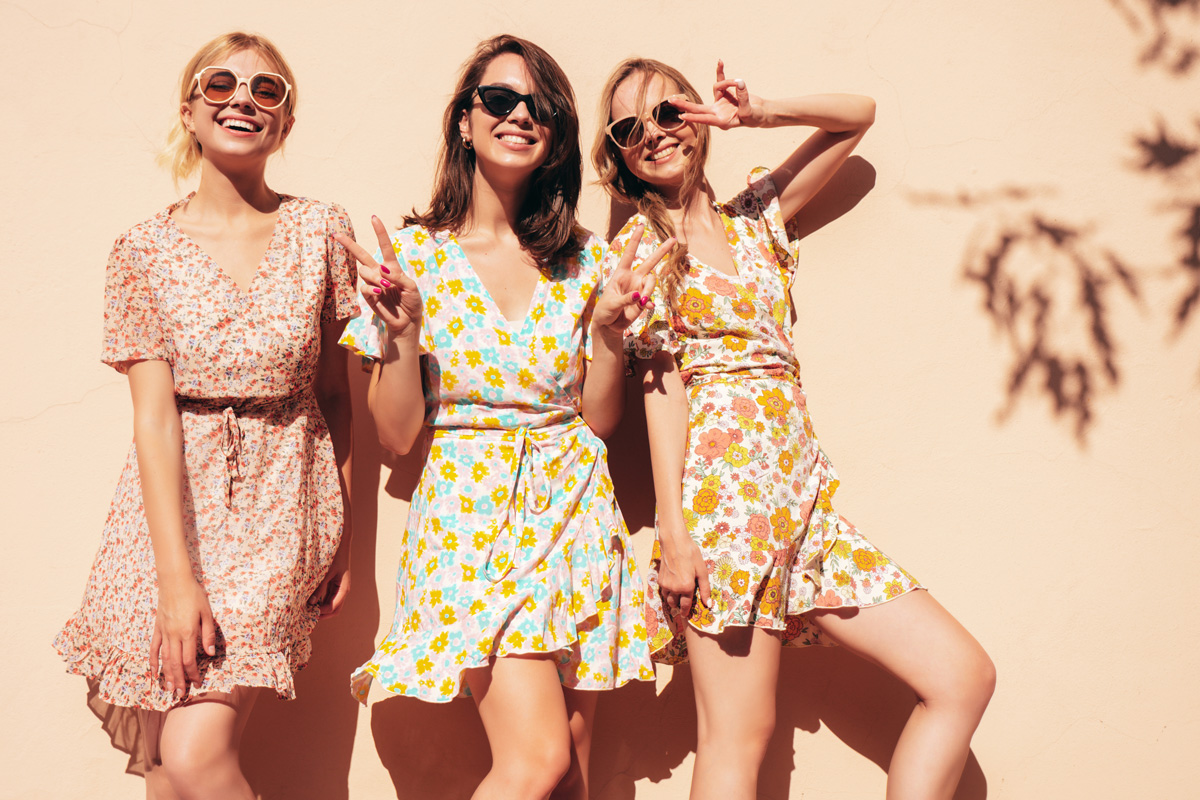
Clothing fabric trends: patterns and colors for spring/summer 2023
The main trend for spring/summer 2023 is the use of light and fluid fabrics, both natural and synthetic, such as silk, cotton, linen, tulle, chiffon and nylon. These fabrics create an effect of movement and fluidity that gives the clothing an extremely elegant and refined.
Another very popular trend is the use of transparent fabrics, such as organza. These can be used to create overlay and layering effects, for tops, skirts, dresses and pants.
Speaking of transparencies, the mesh fabrics or with open wefts will be used to make fresh and light garments such as beach dresses. In addition, the type of fabric processing is also important. Hand knitting, for example, is becoming increasingly popular, as it allows you to create unique and personalized garments.
Striped fabrics are also back in vogue, for dresses, skirts, trousers and tops, ideal for giving the body a slimmer and slender effect. In addition to the stripes, the most popular patterns that we will see for next season are floral prints and animal prints. Moreover, ample space also for metallic and embroidered fabrics.
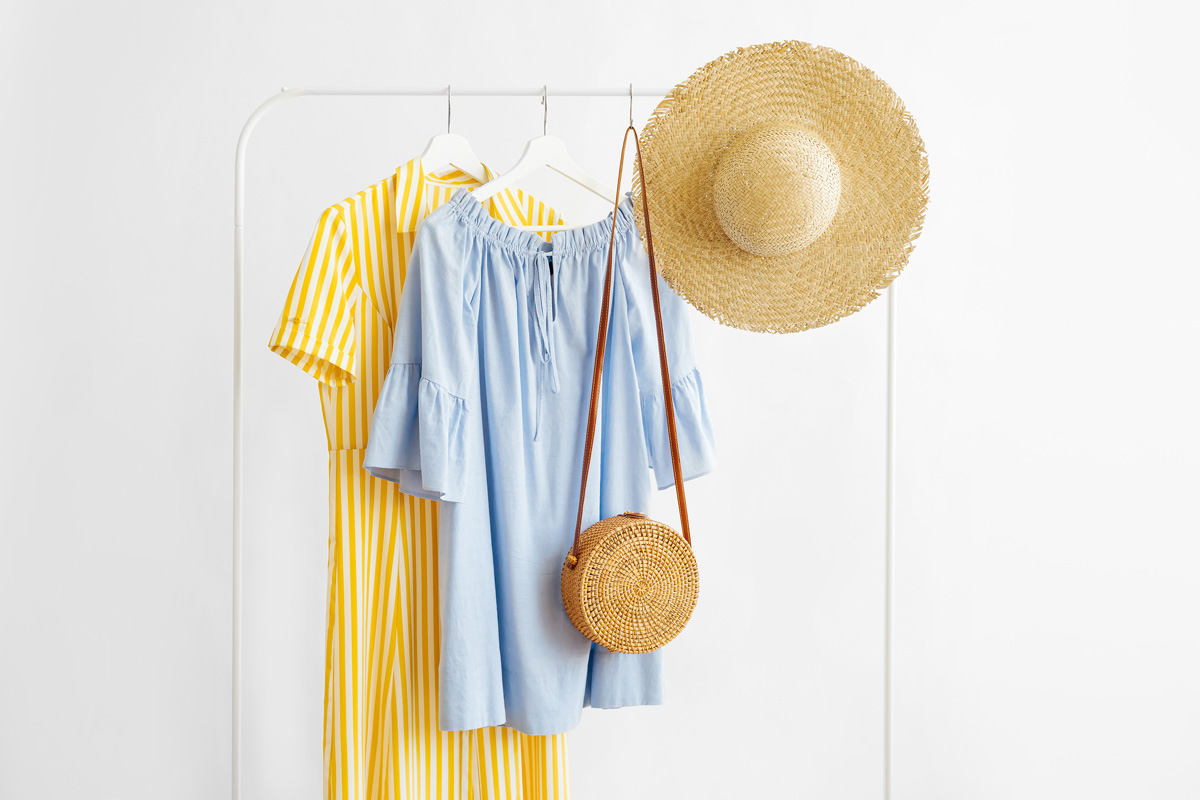
In addition to fabrics, another important aspect of clothing for spring/summer 2023 is the choice of colors. The trendy colors for the coming season are pink, green, yellow and blue, both in pastel shades, either in more vibrant shades. Neutral colors such as white, black and beige will also be highly rated, especially for those who do not want to give up elegance and sobriety.
As for the combinations, lately we tend to mix different fabrics and patterns, for an original effect with strong contrasts. For example, a transparent chiffon top can be combined with a striped skirt, or an embroidered dress can be combined with a leather jacket. The important thing is to create a cleverly balanced look, avoiding exaggerating with the combinations.
Moreover, a last important trend for spring/summer 2023 is the focus on sustainability and ecology. More and more designers are using eco-friendly fabrics and materials, such as organic cotton, peace silk, recycled fabric and lyocell. Clothing production is also becoming increasingly sustainable, with the use of production techniques and dyeing processes with low environmental impact. Sustainability and ecology will therefore be the focus of attention for an increasingly conscious and environmentally conscious fashion industry. In addition to eco-friendly fabrics, such as organic cotton and lyocell, natural fabrics such as linen and hemp are also making their way. These are breathable, durable and biodegradable, perfect for spring-summer.
Knitted fabrics
Knitted fabrics are made by weaving the yarns together. There are different types of knit, such as stocking, Jersey, ribbed and braided. These fabrics can be made from natural or synthetic fibers, and are often used to create comfortable and lightweight garments such as t-shirts, tank tops and cardigans. Among the most popular knitted fabrics, we can find the following: Maglina Elastica Cluba perforated stretch sweater suitable for the realization of inserts, sleeves and skirts; Maglina Polyspan Irene PFDmade of stretch polyester suitable for the creation of tops, t-shirts and custom outfits. There are also fabrics suitable for making swimsuits for the sea, casual and sporty dresses, such as the Aurora Elastic Sweater.
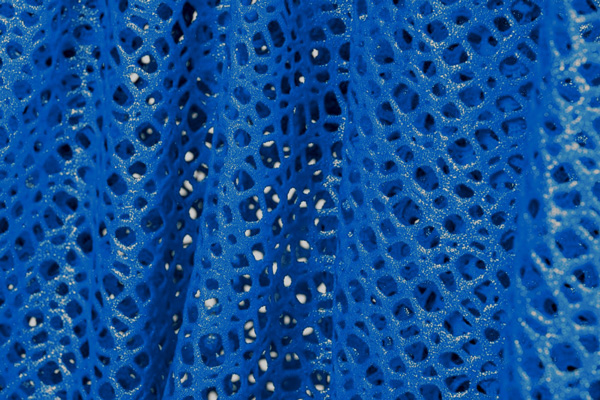
Tessuti tecnici
Technical fabrics are made using synthetic or mixed fibers, designed to offer specific technical performance, such as water resistance and tear resistance. These fabrics are often used to create outdoor and sports garments, such as rain jackets and trekking pants.
Recycled fabrics
Recycled fabrics are made using existing materials, such as old clothing fabrics or fishing nets recovered from the ocean. These fabrics undergo a recycling process to create new ones, thus reducing the waste of resources and the environmental impact.
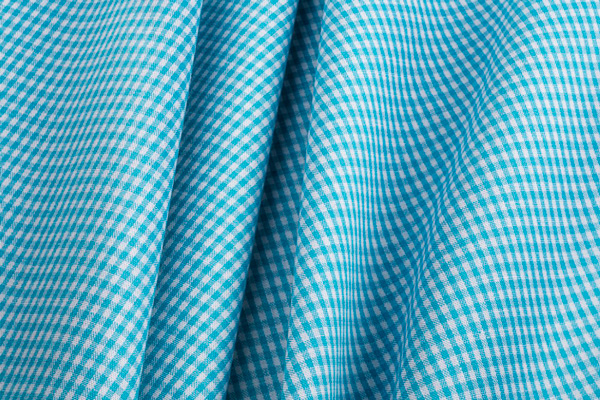
Natural fabrics
Natural fabrics are made using natural fibers, such as cotton, linen, hemp and silk. These fabrics are biodegradable and can be grown sustainably, thus reducing environmental impact. Moreover, these breathable and durable fabrics are perfect for creating light and comfortable garments for spring/summer. These are just some of the natural fabrics suitable for clothing and available from Manifattura Foderami Cimmino: Vichy Cotton Fabric and Zephir Rimini, ideal for the production of shirts and blouses. Among the shirt fabrics, we also find the following: M/Lino Thames Shirts, Popeline Banbury Shirts and Twill Belfast Shirts.
See the section and discover the “Clothing” category to find all the most suitable fabrics for spring/summer!



